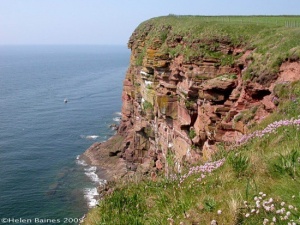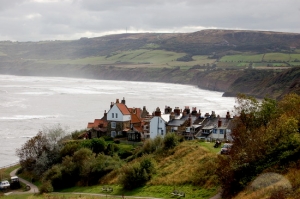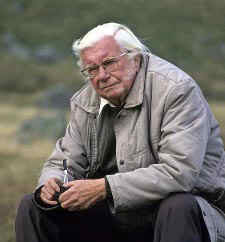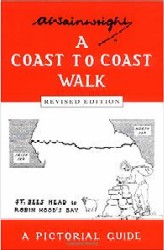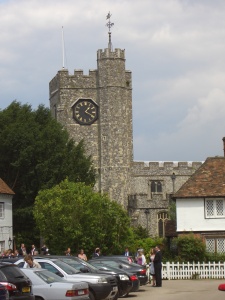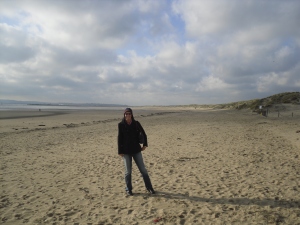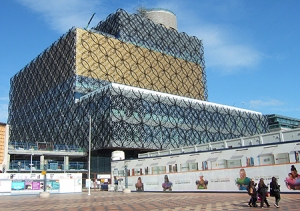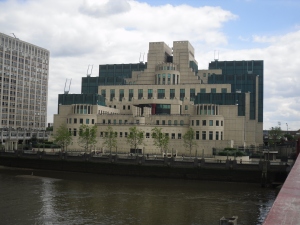I’ve played the ‘Novel Openings’ game three times, and each time I’ve learned more than I could have done reading three books about writing. Let me explain. You get a bunch of authors (at a lunch, at a conference, down the pub) and they each read the first 250 words from one of their works (finished or yet to be) then discuss them, either the specific extracts or story openings in general.
What always amazes me is how different they all turned out to be. Three times, maybe three dozen authors in total and never a duff beginning. All good, but as varied as chalk, cheese and chewed pen lids. Within that small amount of words (a double drabble and a half) the tone of the story was set, the writer’s “voice” was instantly recognisable, you could get a pretty clear idea in at least half the cases about where the story was going to go and you knew the era/setting even where there hadn’t been a Cambridge 1907 type heading at the start.
And – maybe most important of all – I think you had a ninety percent chance of knowing whether you wanted to read more. While all the intros were good, not all of them piqued my interest enough to think, “Read on, read on!” It’s a matter of your individual reader taste – is it your style, your genre, your era, your pace.
The first time I encountered the Novel Opening format (at the Festival of Romance) led me to think about submitting stories and the importance of them making an instant impact. I’ve been on the submissions team for four different anthologies, and I know we could pretty well tell by the end of the first page whether a submitted story was a ‘goer’. The same applies where submission calls ask for a chapter or three. It’s not helping your cause to say, “The first few chapters are a bit slow, so I sent five, six and seven,” or “they don’t represent the story as a whole”. They’re the first bit the editor will see and if he/she isn’t sold, what chance have you got of nabbing a reader? Do we have the patience to plough through three chapters of intro to get to “the good stuff”?
I’ll be facilitating Novel Openings again as one of the panels at UK Meet 2014. Why not come along and play?
Lessons for Suspicious Minds, Charlie‘s latest adventure for Jonty and Orlando, (her Edwardian sleuths) is now available from Amazon, http://www.amazon.co.uk/dp/B00FBQZLYS, ARE and all the usual places.
